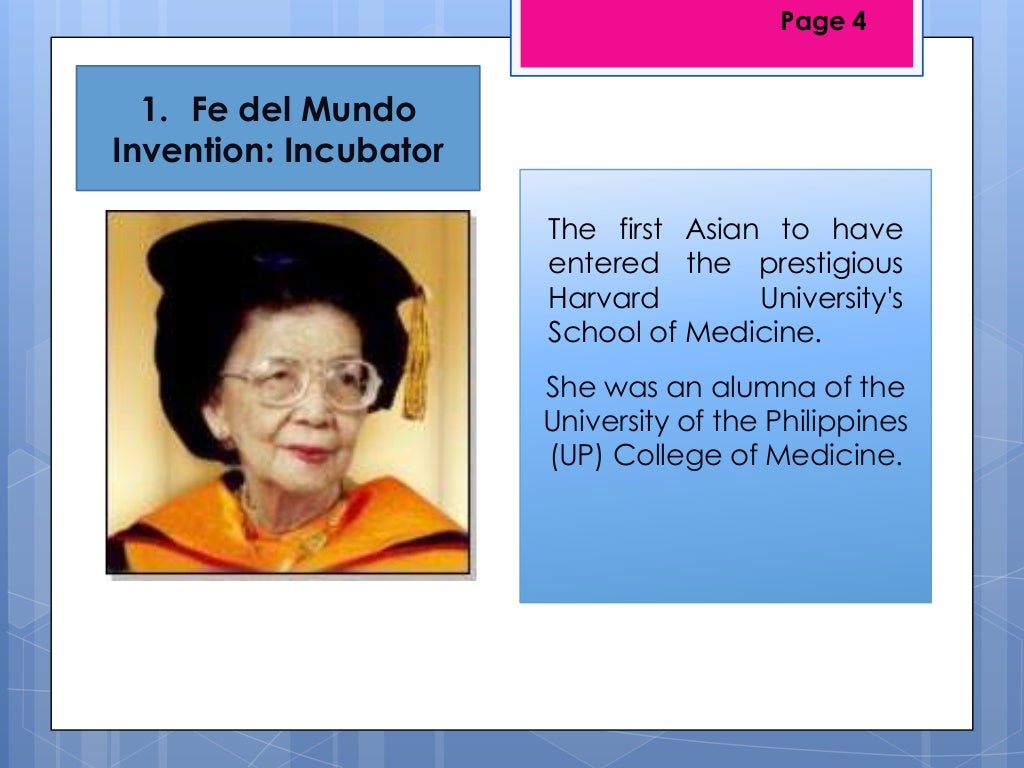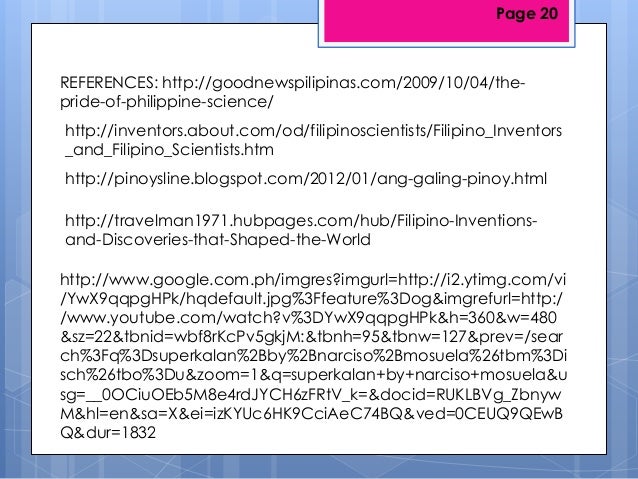FOREIGN SCIENTIST and their INVENTIONS
One of the greatest scientists of the 20th century is the author of numerous inventions and theories that transformed a lot of concepts linked to space and time, with the most important discovery being the theory of relativity. Other discoveries of Einstein include the photoelectric effect and the Einstein calculator.
Albert Einstein (1879 - 1955)

The famous French chemist and microbiologist was the one who has come up with the process of pasteurization, a process that involves heating a food, usually liquid, to a certain temperature for a specific length of time, and then cooling it instantly. Pasteurization is used today to slow the development of microorganisms in food.
Louis Pasteur (1822-1895)
He is the author of a large number of inventions, but the most well-known one is the electric bulb. Among other discoveries of Thomas Edison there are telegraph devices, phonograph, carbon transmitter, direct current generator, universal electric motor, and more.
Thomas Edison (1847 - 1931)

During the experiments he carried out with the telegraph, Bell came up with the idea of the telephone.
The inventor of one of the most popular devices today thought that the telephone was intruding, which is why he did not have one in his workplace.
Alexander Graham Bell (1857 - 1922)

Being a mechanical engineer, Rudolf Christian Karl Diesel managed to discover the diesel engine.
The German inventor was also a well-known thermal engineer, a polyglot, an expert in arts, and a social theorist.
Rudolf Christian Karl Diesel (1858 - last seen alive 1913)

During the World War I Fleming worked as an army medical corp.
He is the inventor of penicillin that prevented a lot of soldiers from being infected.The discovery of penicillin managed to significantly boost the evolution of medicine industry.
Sir Alexander Fleming (1881 - 1955)
Leonardo Da Vinci was a great inventor, being fond of engineering, astronomy, aeronautics, mathematics and more. His drawings include a number of various inventions, the basics of which more or less can be found in different technologies today. Da Vinci is considered to be the father of modern science. Some of his most important inventions include the hydraulic machine, the boat and design of a flying machine.
Leonardo Da Vinci (1452 - 1519)
Due to the fact that Archimedes was a person with multiple interests, including math, physics, astronomy and engineering, he managed to become a successful inventor. He became famous for his innovative thinking and was the one to come up with a lot of innovative machines, including the Archimedes screw that is still used today to pump liquids, coal, grain and more. But probably his most famous discovery is the way of finding the volume of objects that have an irregular shape. It is worth mentioning that most of his works were meant to help his home city.
Archimedes of Syracuse (287 - 212 BC)
ANCIENT SCIENTIST and their INVENTIONS
Aristotle (of Stagira) (384–322 B.C.)
Aristotle decided the earth must be a globe. The concept of a sphere for the earth appears in Plato's Phaedo, but Aristotle elaborates and estimates the size. [Source: "The Ancient Measurements of the Earth," by Aubrey Diller; Isis 1949.]
Aristotle classified animals and is the father of zoology. He saw a chain of life running from the simple to more complex, from plant through animals.
Previously, illness had been thought to be a punishment from the gods. Medical practitioners were priests of the god Asclepius (Asculapius). Hippocrates studied the human body anddiscovered there were scientific reasons for ailments. He told physicians to watch especially when fever peaked. He made diagnoses and prescribed simple treatments like diet, hygiene, and sleep.
Pythagoras of Samos (6th century)
Pythagoras realized that the earth and sea are not static: where once was land is now sea and where once was sea is now land; valleys are formed by running water and hills are eroded by water. He stretched string to produce specific notes in octaves after having discovered the numerical relations between the notes of the scale.
In the field of astronomy, Pythagoras may have thought of the universe as rotating daily around an axis corresponding with the axis of the earth. He may have thought of the sun, moon, planets, and even the earth as spheres. He is credited with being the first to realize the Morning Star and Evening Star were the same.
Anaximander of Miletus (c. 611- c. 547 B.C.)
The Greeks had a water clock or klepsydra that kept track of short periods of time. Anaximander
invented the gnomon on the sundial
(although Herodotus says it came from the Babylonians, according to Goldstein and Bowen), providing a way to keep track of time, and he
created a map of the known worldClaudius Ptolemy of Alexandria (c. A.D. 90-168)
Ptolemy founded the Ptolemaic System of geocentric astronomy that held for 1400 years. Ptolemy wrote the Almagest, a work on astronomy that provides us with information on the work of earlier Greek astronomers. He drew maps with latitude and longitude, and developed the science of optics. It is possible to overstate the influence of Ptolemy during much of next millennium because he wrote in Greek, while western scholars knew Latin ["Traditions in Early Medieval Latin Science," by William H. Stahl; Isis, 1959].

Galen of Pergamum (born c. A.D. 129)
Galen (Aelius Galenus or Claudius Galenus)
discovered nerves of sensation and motion, and worked out a theory of medicine
that doctors used for hundreds of years, based on Latin authors like Oribasius' inclusion of translations of Galen's Greek in their own treatises.

Eratosthenes of Cyrene (c.276-194 B.C.)
Eratosthenes made a map of the world, described countries of Europe, Asia, and Libya,
created the first parallel of latitude, and measured the circumference of the earthReferences
- "The Ancient Greek Astronomers: A Record of Remarkable Ingenuity," by W. H. Stahl;The Classical Journal, (Oct., 1951), pp. 3-16.
- "An Appraisal of Greek Science," by Israel E. Drabkin; The Classical Weekly, (Nov. 30, 1936), pp. 57-63.
- "Chaldaean Astronomy of the Last Three Centuries B. C.," by George Sarton; Journal of the American Oriental Society, (Jul. - Sep., 1955), pp. 166-173.
- "Eudoxus Meets Cayley," by Richard E. Chandler, Carl D. Meyer and Nicholas J. Rose;The American Mathematical Monthly, (Dec., 2003), pp. 912-927.
- Greek geometry from Thales to Euclid, by George Johnston Allman (1889).
- "New View of Early Greek Astronomy, by Bernard R. Goldstein and Alan C. Bowen; Isis, (Sep., 1983), pp. 330-340.
Also note: "Hipparchus' Treatment of Early Greek Astronomy: The Case of Eudoxus and the Length of Daytime"; Proceedings of the American Philosophical Society, (Jun., 1991), pp. 233-254.
FILIPINO SCIENTIST and their INVENTIONS


















Prepared by:
GROUP 2
DANILO VILLANUEVA
JESSAH MAE CABALFIN
JONELYN CALICO
ZOCEMO CABRIEL
JHONSON REANTASO
JANRIE CAG-ANG
JANRIE CAG-ANG









No comments:
Post a Comment